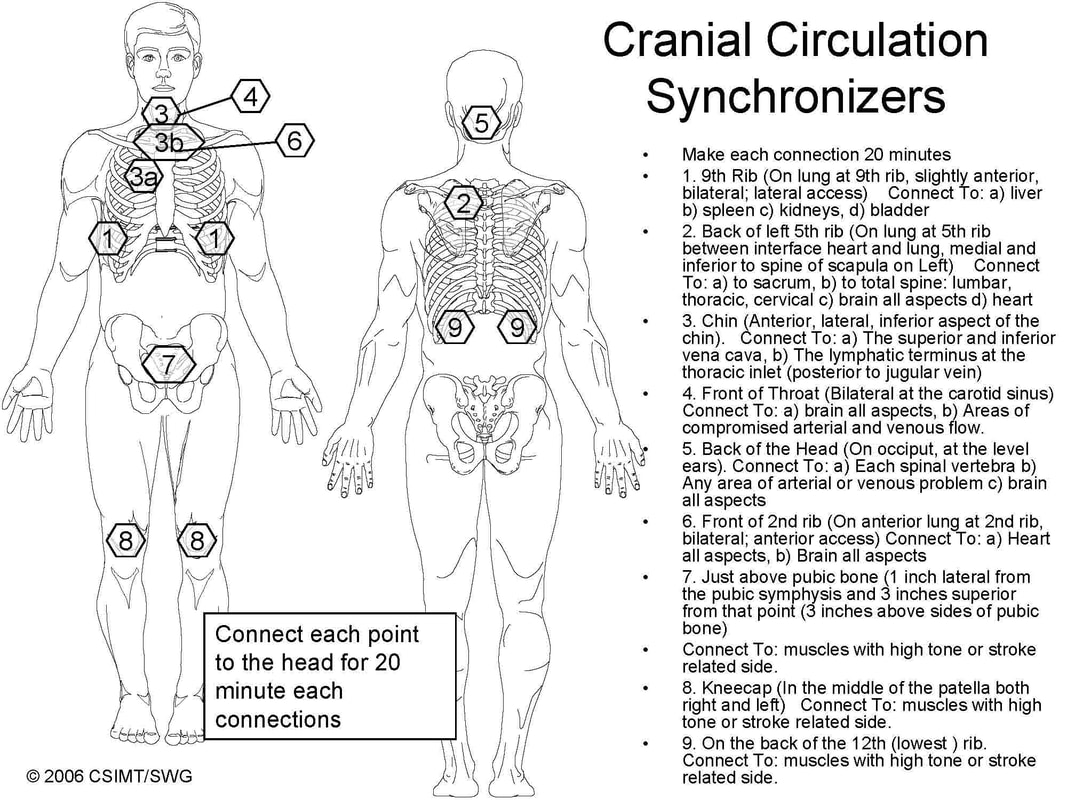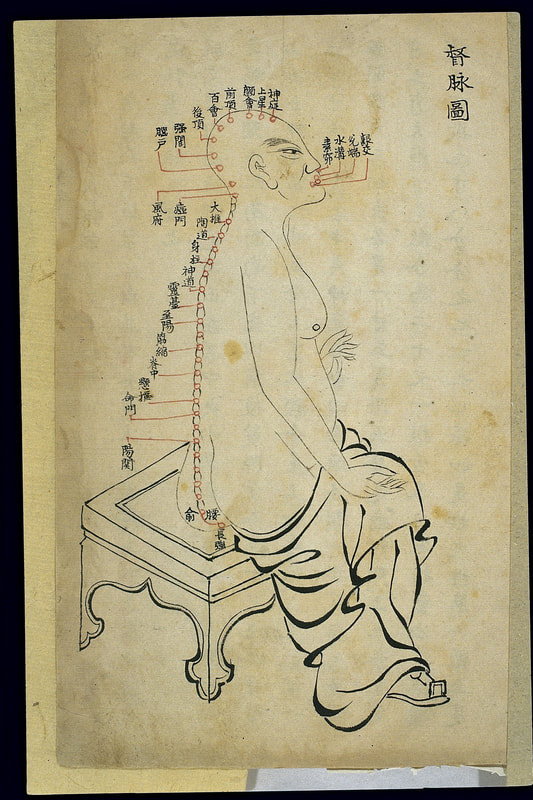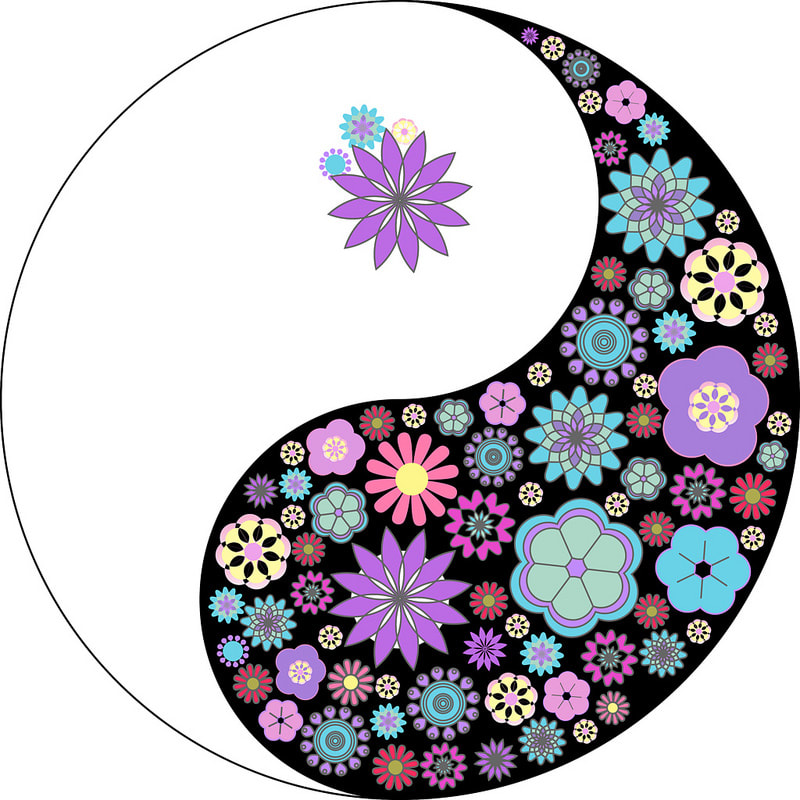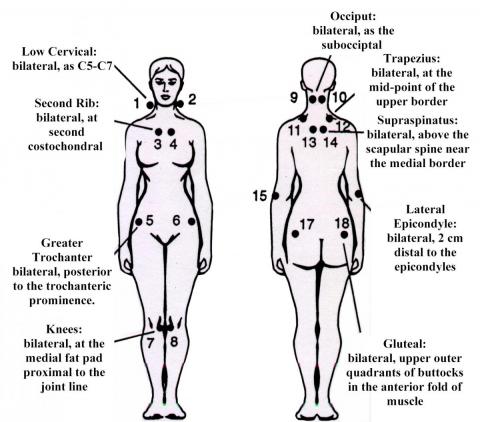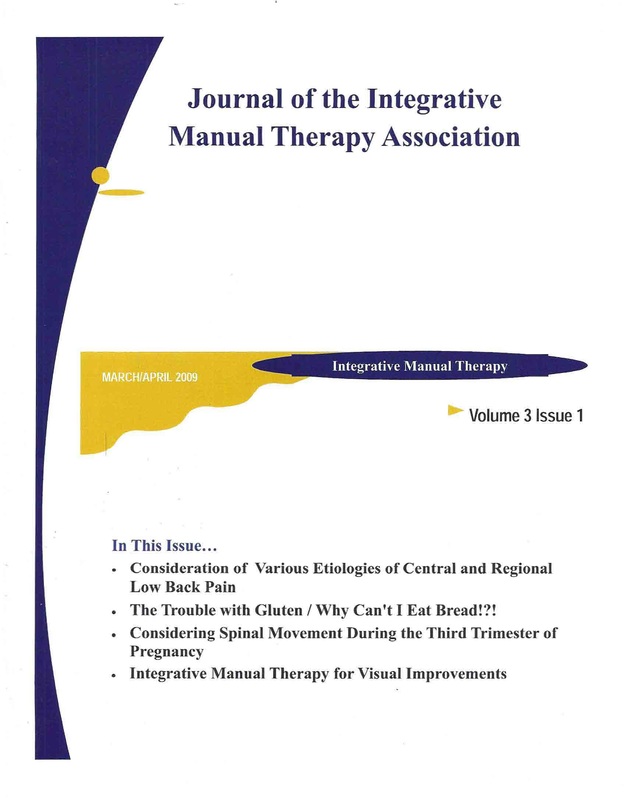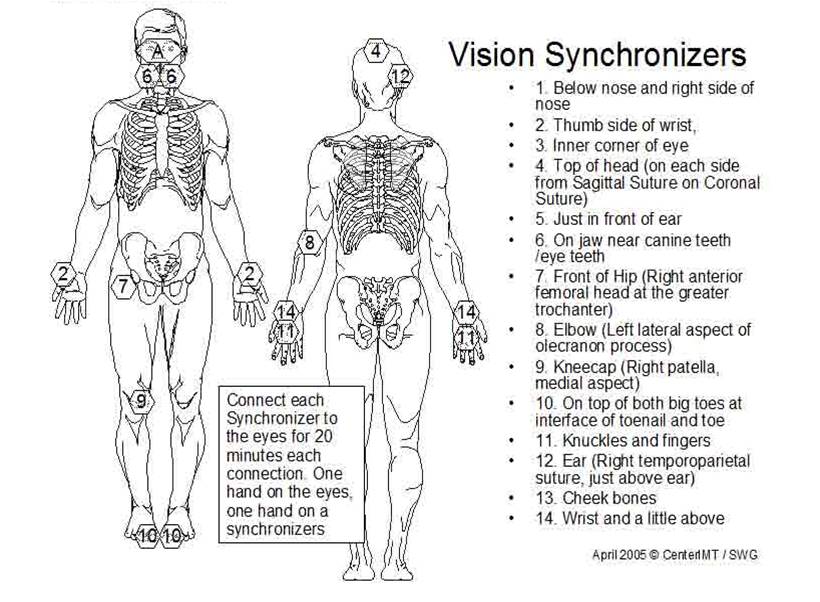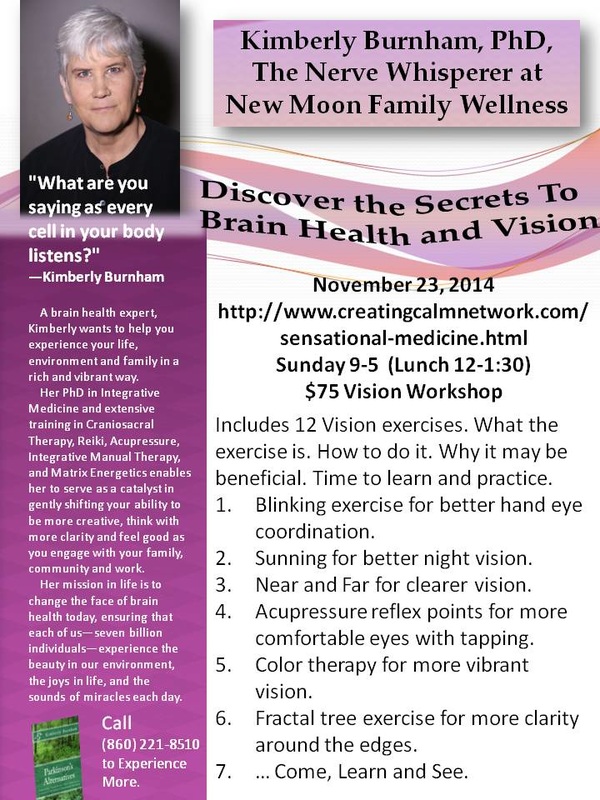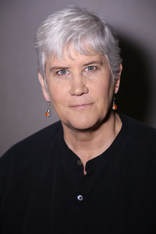|
If you have a circulatory issues, blood flow problem like Carpal Tunnel Syndrome or Swollen ankles here is what some of the research is saying can help: Complementary and Alternative Medicine, physical exercise and balancing blood sugar, qigong movements, yoga, integrative manual therapy synchronizers, craniosacral or cranial therapy, manual lymph drainage, osteopathic manual medicine, acupressure and more.
1 Explore Complementary Medicine for Circulation Issues, Heart Attacks, and Strokes
Once a stroke has happened there are dietary factors, exercises, acupuncture, Qigong, Integrative Manual Therapy, Reiki, Yoga and more CAM options to consider. Every 45 seconds a person in the US has a stroke. It is the third leading cause of death in Western society, affecting 700,000 Americans and killing150,000 people a year. There are lots of ways to decrease your risk factors for a stroke. Cost can be a significant factor in the use of complementary and alternative medicine (CAM) approaches. One 1996 study found, "a combined treatment with acupuncture, Shiatsu and lifestyle adjustment may be highly cost effective for patients with advanced angina pectoris (heart dysfunction)." --Acupunct Electrother Res (1996) https://www.ncbi.nlm.nih.gov/pubmed/9051166
Physically Exercise and Balance Blood Sugar
A recent article on 5 Best Things noted the benefits of physical exercises, balancing blood sugar, and acupressure points. —More Health Research on 5 Best Things https://5bestthings.com/author/kimberly/ A further study noted the effect of low blood sugar on working memory. "During hypoglycaemia [low blood sugar], memory activation task performance was associated with increased activity in the frontal lobe regions [thinking brain], superior parietal lobe and thalamus [feeling brain], and decreased activity in the temporal lobe regions [sensing and hearing brain]. Working memory activation statistically significantly increased blood flow in the striatum during hypoglycaemia. Altered performance was associated with significantly increased blood flow in the striatum, a part of the basal ganglia implicated in regulating motor functions, memory, language and emotion." —Diabetologia (2017) https://www.ncbi.nlm.nih.gov/pubmed/29188338
3 Qigong Reduces the Need for Medications and the Heart's Electrical Activity
Qigong researchers are doing studies using sophisticated blood flow and cranial imaging equipment such as a Doppler sonography, EEG and near_infrared spectroscopy. What they are finding is that this Chinese meditation exercise appears able to change blood flow in the head. —Neurol Res (2001) https://www.ncbi.nlm.nih.gov/pubmed/11474806 In a study on the use of Qigong in combination with medications, researchers found the hands-on and energetic techniques of qigong to be beneficial in reducing cardiovascular problems and strokes. They noted, "the therapeutic role of qigong exercises combined with drugs is reported for three medical conditions that require drug therapy for health maintenance: hypertension, respiratory disease, and cancer. In these studies, drugs were administered to all patients who were divided into two groups, a group that practiced qigong exercises and a control group that did not. Taken together, these studies suggest that practicing qigong exercises may favorably affect many functions of the body, permit reduction of the dosage of drugs required for health maintenance, and provide greater health benefits than the use of drug therapy alone. For hypertensive patients, combining qigong practice with drug therapy resulted in reduced incidence of stroke and mortality and reduced the dosage of drugs required for blood pressure maintenance. —J Altern Complement Med (1999) https://www.ncbi.nlm.nih.gov/pubmed/10471019 Another study suggested, "Qigong exercise could significantly decrease the abnormal electrical activity in the heart and improve blood flow to the coronary artery (the arteries that supply the heart muscle). It can also decrease heart dysfunction after a heart attack." --Zhongguo Zhong Xi Yi Jie He Za Zhi (1992) https://www.ncbi.nlm.nih.gov/pubmed/1392492
Daily 17 min Qi Gong practice with Mingtong Gu
4 Yoga and Acupuncture Effect on Blood Chemistry
Chemists looked at the blood chemistry in hatha yoga practitioners by evaluating their breathing response to hypercapnia (too much carbon dioxide in the blood) and arterial blood gases during ujjai respiration (yogic breathing) of once per minute for an hour. The average adult take 12 to 18 breaths per minute, which is a big difference from one breath per minute. The results suggest that professional hatha yoga practitioners have less sensitivity to high levels of carbon dioxide in the blood because their practice has allowed them to adapt to "low arterial pH and high levels of CO2 for long periods." —Jpn J Physiol (2002) https://www.ncbi.nlm.nih.gov/pubmed/12230808 Another study looked at the effect of acupuncture on calcium levels, researchers concluded, "Electro-acupuncture could regulate the content of Ca2+ in the ischemic area of the brain, inhibit Ca2+ overload, so as to protect neurons from ischemic injury." —Zhongguo Zhong Xi Yi Jie He Za Zhi (2002) https://www.sciencedirect.com/science/article/pii/S0254627217300523 Stroke is an example of ischemic injury, where a part of the brain does not get the oxygen that it needs to function and some of the brain cells die.
5 Muscle Function, Yoga, and Circulation
Stress, muscle spasm in the vascular wall and peripheral blood pressure all affect the risk for strokes, heart attacks and other cardiovascular problems. A number of complementary and alternative medicine approaches have been shown to be beneficial in decreasing the risk of cardiovascular incidence. In a 2004 study, the Berg Balance Scale and Timed Movement Battery tested improvements with yoga, leading researchers to conclude, "the results suggest that yoga may be beneficial to people who have had a stroke." —Phys Ther (2004) https://academic.oup.com/ptj/article/84/1/33/2805327 A course in yoga and meditation was given to 33 people with and without coronary artery disease for an hour and a half, three times a week for 6 weeks. The participants were encouraged to continue practicing at home. Researchers found, a significant reductions in blood pressure, heart rate, and Body Mass Index (BMI) in the total group with yoga. —Clin Cardiol (2006) https://www.ncbi.nlm.nih.gov/pubmed/17007170 Another yoga related study looked at the short-term impact of a comprehensive but brief lifestyle intervention, based on yoga. The subjects had history of hypertension, coronary artery disease, diabetes mellitus, obesity, psychiatric disorders (depression, anxiety, 'stress'), gastrointestinal problems (non ulcer dyspepsia, duodenal ulcers, irritable bowel disease, Crohn's disease, chronic constipation) and thyroid disorders (hyperthyroidism and hypothyroidism) or were healthy without any of these conditions ... The intervention consisted of Asanas, Pranayama, relaxation techniques, group support, individualized advice, and lectures and films on philosophy of yoga, the place of yoga in daily life, meditation, stress management, nutrition, and knowledge about the illness. "Among the diseased subjects significant improvement was seen in the anxiety levels of patients of hypertension, coronary artery disease, obesity, cervical spondylitis and those with psychiatric disorders. The observations suggest that a short educational program for lifestyle modification and stress management leads to remarkable reduction in the anxiety scores within a period of 10 days." —Indian J Physiol Pharmacol (2006) https://www.ncbi.nlm.nih.gov/pubmed/16850902 Another study found that Yoga lifestyle intervention slows or stops the progression of damage to the heart blood vessels in people with severe coronary artery disease. It also improves symptoms, what the person is able to do and some of the risk factors important in preventing another circulation related event. —J Assoc Physicians India (2000) https://www.ncbi.nlm.nih.gov/pubmed/11273502
6 Acupuncture Helps People Avoid Complications of Stroke
In China stroke is the second most common cause of death in cities and the third in rural areas. World wide it is a major cause of disability. Acupuncture for stroke has been used in China for hundreds of years and is increasingly practiced in Western countries, with beneficial effects. Noting that more acupuncture research is need, scientists in China found that fewer people died or needed to be institutionalized, as a result of the stroke. They said, "when acupuncture was compared with sham acupuncture or open control, there was a borderline significant trend towards fewer patients being dead or dependent in the acupuncture group after three months or more." —Zhang, S. H., M. Liu, et al. (2005). "Acupuncture for acute stroke." Cochrane Database Syst Rev(2): CD003317 from http://stroke.ahajournals.org/cgi/content/full/36/10/2327. Another acupuncture study found that pain caused by a lack of blood flow to an area, can be decreased by acupuncture. Researchers noted, clinical experience and controlled studies confirmed the efficacy of acupuncture in various pain syndromes, including tension headache, migraine, trigeminal neuralgia, posttraumatic pain. They suggest favorable effects in the rehabilitation of peripheral facial nerve palsy, Bell’s Palsy and stroke. "There is sufficient evidence of acupuncture to expand its use into conventional medicine and to encourage further studies of its pathophysiology and clinical value." 2. Jellinger, K. A. (2000). "[Principles and application of acupuncture in neurology]." Wien Med Wochenschr 150(13_14): 278_85. A functional MRI study, found acupuncture affects several parts of the brain, including the "left superior frontal gyrus, anterior cingulate gyrus, and dorsomedial nucleus of thalamus."3 Yoo, S. S., E. K. Teh, et al. (2004). "Modulation of cerebellar activities by acupuncture stimulation: evidence from fMRI study." Neuroimage 22(2): 932-40. The thalamus is the part of the brain where we most experience pain and other sensations. The data suggested that the cerebellum (part of our sense of balance) serves as an important area activated during treatment of certain acupuncture (PC6) points.
7 Manual Therapy and Heart Rehabilitation
While a third study noted, the addition of manual therapy as an early rehabilitation measures after coronary artery bypass surgery "eliminates postoperative anginal [heart] attacks in 70% cases, reestablishes balance of cellular and plasma components of hemostasis, enhances fibrinolytic activity. The addition of manual therapy in the rehabilitation complex is recommended early after bypass surgery." —Ter Arkh (2000) https://www.ncbi.nlm.nih.gov/pubmed/11201824 8 Manual Therapy and Energy Work as an Adjunct in Stroke Rehabilitation In a study looking at the use of Reiki in stroke rehabilitation programs, researchers found that the biggest benefit of the Reiki came in the form of mood and energy improvements. — J Altern Complement Med (2002) https://www.ncbi.nlm.nih.gov/pubmed/12614528 In a study looking at manual therapy, researchers found, "treating the patients with drugs in combination with manual therapy resulted in improved circulation in the vertebral artery bed, lower clinical signs of vertebrobasilar insufficiency." —Kardiologiia (1991) https://www.ncbi.nlm.nih.gov/pubmed/1753586 Some of the signs of problems with the vertebrobasilar arteries, a pair of blood vessels running up the neck into the head, is dizziness, headaches and trouble concentrating. Another further study looked at Manual Lymph Drainage (MLD) and found it "causes vessel narrowing followed by increased blood flow in the arterioles, capillaries and venulae of the skin as well as in peripheral arteries and an increased lymph flow in lymphatic collectors." —Z Lymphol (1989) https://www.ncbi.nlm.nih.gov/pubmed/2672666 Lymph drainage techniques are often very gentle, soothing hands-on techniques that increase the flow and detoxification of the lymphatic fluid. There are lymph vessels throughout the body with the highest concentration around the neck, armpits and fronts of the hips. A dysfunction of the lymph vessels is what contributes to swelling in the arms of the person who has had surgery for breast cancer. Normalizing the flow in the delicate lymph vessles can significantly inprove drainage and decrease swelling.
9 Reflex Points for Vascular Function, IMT & Strokes
In 1973, Kamenetskii did a study looking at the value of therapies using reflex points to improve vascular tone after a stroke. —Vopr Kurortol Fizioter Lech Fiz Kult (1973) https://www.ncbi.nlm.nih.gov/pubmed/4747487 Integrative Manual Therapy practitioners use reflex point for clinical treatment and for self-care programs with clients with cardiovascular dysfunctions. These reflex points have names like "Synchronizers" (Giammatteo, T., & Weiselfish-Giammatteo, S. (1997). Integrative manual therapy for the autonomic nervous system and related disorders: utilizing advanced strain and counterstrain technique. Berkeley, Calif.: North Atlantic Books) "Hypothalamus Regulation Mechanisms", and "Reference Points". They are used to improve cranial circulation and decrease muscle spasm during the course of the treatment of people with strokes, post heart attacks, migraines and other cardiovascular conditions. One Integrative Manual Therapy course focuses on improving function of the muscles and systems of the body in someone with a stroke. Another training program focuses on normalizing blood flow in the head and addresses the neurological dysfunction caused by the stroke. In a case report on the use of Integrative Manual Therapy with a 78 year old man with high blood pressure and a recent stroke, the clinician noted, "prior to therapy, the patient presented with slurred speech, decreased comprehension, and loss of balance in walking. The patient's main goal was to be discharged from the hospital. The man was treated with several Cranial Therapy techniques. After the treatment was completed, the patient presented with significant improvements in speech and comprehension and an improvement in balance during walking. The patient was discharged from the hospital the very next morning." —Dillon, D. A. (2003) The Benefits of Integrative Manual Therapy on Speech Impairment and Balance Secondary to Stroke, from www.centerimt.com/e_journal/articles/ej00063.htm The therapist continued, "To be released from the hospital, he has to be able to answer questions clearly without slurring his speech as well as be able to show he is no longer confused in his thinking, and be able to walk without balance problems." In another case of a baby who had a stroke, the parents reported, "Andy had a stroke just prior to his birth. We were told he might never sit up unassisted, walk, run, or speak. We sought out therapists to help Andy. When he was 9 months old, we brought him to The Center for Integrative Manual Therapy and Diagnostics (CenterIMT). We visited for 2 days, about 8 hours of therapy. The following day Andy began to crawl for the first time. Subsequent trips have given him the abilities to walk, jump, run and speak. He was originally diagnosed as a hemiplegic (limited use of his entire left side). Throughout CenterIMT and follow_ups with his incredible occupational and physical therapy team at home, Andy has shown significant abilities with his left hand and fingers. He has increased mobility overall, and cognitively has begun to read and write at the age 4." Another therapist reports, "I made mom stay up late Sunday night, so I could work on her before bed. I used the nervous system reflex techniques (LEVO). She had very remarkable results. Her neck and shoulder pain is gone. But the big change was her blood pressure which has dropped from a very consistent 180/80 to 140/78. She is much more comfortable now. Most of her health problems surfaced after an auto accident with a neck injury. Her medical diagnosis is unexplained vasospasm of the vertebrobasilar artery in the neck."
Integrative Manual Therapy Synchronisers for Circulation and Cardiovascular Issues. Call or Email for a free 20-30 minute consultation on their use or to explore your health goals for 2018.
Acupressure for BaiHui or GV 20 at the Crown Chakra
"Acupressure for Bai Hui consists simply of resting our middle fingers lightly on the point, as support for bringing our mental attention to rest gently there." —Acupressure Treasures: Bai Hui - Hundred Convergences (2017) https://www.thoughtco.com/acupressure-treasures-bai-hui-hundred-convergences-3182275 Another research study indicated that stimulating the Baihui point improves function in people after a stroke, acting to protect the brain and nervous system (neuroprotector). "Acupuncture stimulation at the Baihui acupoint for 4 weeks increased dopamine levels in the brain tissue of chronic cerebral hypoperfusion rats and of cerebral ischemia-reperfusion injured rats. The acupuncture stimulation also reduced brain atrophy [shrinkage] after cerebral infarct [stroke], suggesting that acupuncture stimulation at the Baihui acupoint acts as neuroprotector." —Am J Chin Med (2007) https://www.ncbi.nlm.nih.gov/pubmed/17963318
Request a Free Report on Circulation and Complementary Medicine.
Email Kimberly Burnham at NerveWhisperer@gmail.com Connect with Kimberly Burnham on Social Media or Email for a Free Report on Brain Health Exercises, Mention your top 8 Health Goals for 2018.
0 Comments
Synchronizers are reflex points from a system of wellness developed by Sharon W. Giammatteo (Integrative Manual Therapy). There are several synchronizers associated with the thalamus (sensory and pain center for the body). One way to use synchronizers is to put one hand on the painful area and the other hand on the synchronizers. The hands can be your hands or another person's hands connecting the two places. Another way to use synchronizers is to put one hand on the synchronizers and the other hand on the area of the brain or body that is associated with that synchronizer. An access point for the thalamus is at the right and left temple area of the head. These synchronizers may also be connected to the Fibromyalgia points (ie) one hand on the synchronizer and the other hand over one of the fibromyalgia pain points (shown below). All of these point are beneficial for someone with fibromyalgia, chronic pain, reflex sympathetic dystrophy or an acute injury. Integrative Manual Therapy Synchronizer points for the Thalamus and Eliminating Pain 1. Heart, all aspects 2. Superior surface of the talus bone at the ankle. 3. Right side of the head where the face meets the upper part of the head (cranial vault). As you rest for 5-30 minutes making these connections you can also do visualizations or motor imagery. Motor imagery or guided imagery would be imagining the area of the body where you have pain receiving an increase in blood flow, nutrients and warmth. You can also imagine moving your body in a pain-free way or visualize someone else doing the movements you want to be able to do pain - free. Fibromyalgia Pain Points
|
Kimberly Burnham, PhD (Integrative Medicine)
860-221-8510 phone and what's app. Skype: Kimberly Burnham (Spokane, Washington) NerveWhisperer@gmail.com 4 Month Brain Health Coaching Package $600 includes: 8 one hour session (twice a month) plus ... Details Here
Regular Rate $120 per hour
Free 20-30 minute consultations available.. Call 860-221-8510 PST or email NerveWhisperer@gmail.com for an appointment this week.
Archives
January 2018
Categories
All
|
||||||||||||||||||
